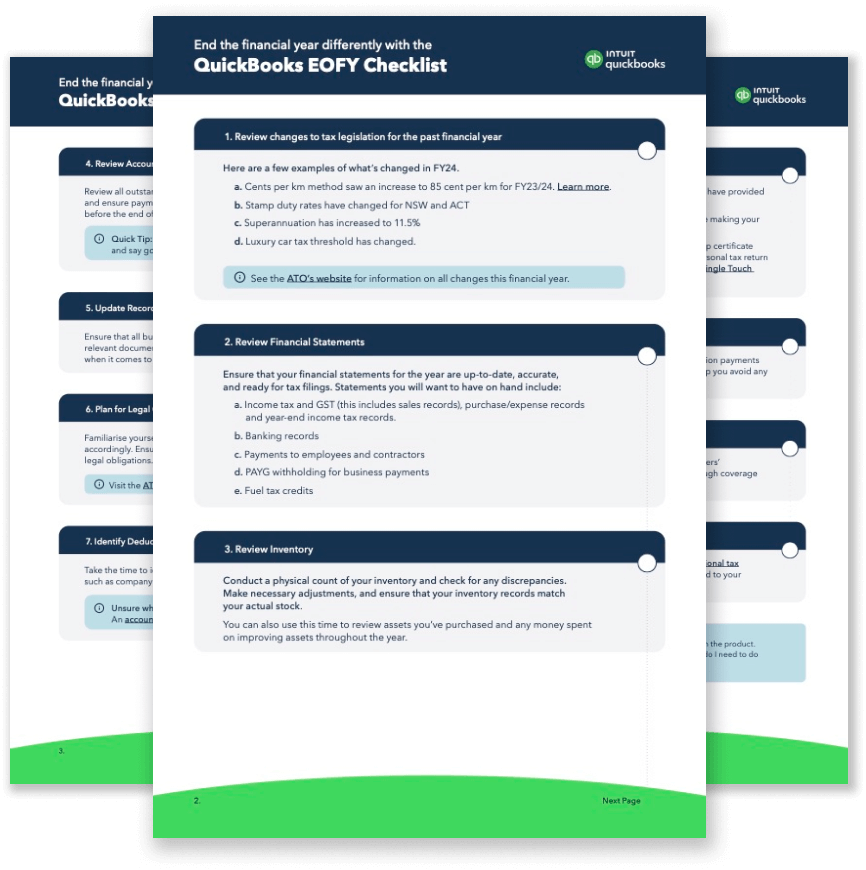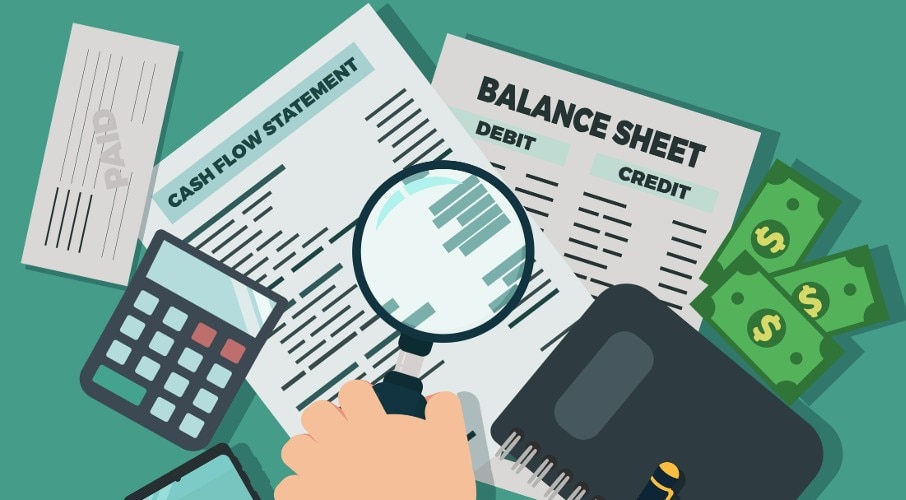What is Cash Flow?
Cash Flow Definition
Cash flow refers to the movement of money into and out of a business or an individual's finances. More specifically, it is the amount of cash that flows into and out of a business or individual over a specific period of time, typically a month, quarter, or year.
Positive cash flow occurs when a business or individual has more money coming in than going out, while negative cash flow occurs when there is more money going out than coming in. A positive cash flow indicates a healthy financial situation, while negative cash flow can signal financial difficulty.
Cash flow is an important measure of financial performance, as it tracks the actual flow of cash over a period of time, rather than just revenue or income. It is particularly important for businesses, as it provides insights into the company's financial health, helps them manage their short-term obligations and helps them plan future investments.
The three types of cash flows are operating, investing, and financing. Operating cash flow reflects the amount of cash that is generated or used by a company's normal business activities. Investing cash flow reflects the amount of cash that is used for long-term investments, such as property, equipment, or other capital expenditures. Financing cash flow reflects the amount of money raised or spent to fund a company's operations, such as debt financing or the issuance of equity.
Here are some more important facts about cash flow:
- Cash flow management is critical for businesses of all sizes. A company's cash flow situation can determine its ability to meet current obligations, pursue new investments, and manage growth.
- Cash flow can be positive or negative, and short-term fluctuations in cash flow are normal for most businesses.
- Cash flow can be affected by a variety of factors, including changes in sales volume, seasonal fluctuations, changes in market conditions, or unexpected expenses.
- Positive cash flow can be used to fund new equipment purchases, pay down debt, invest in new products or services, or pay bonuses or dividends to owners or shareholders.
- Negative cash flow may require a company to borrow money or seek outside funding, which can increase its overall debt load and reduce its long-term profitability.
- Cash flow projections can help businesses plan for future expenses and investments and adjust their operations to maintain a positive cash flow.
- Lenders and investors pay close attention to a company's cash flow when evaluating its financial health and creditworthiness. They may review a company's cash flow statement as part of their due diligence process.
Overall, cash flow is a critical aspect of personal and business finances, and effective cash flow management is key to long-term financial health. Understanding cash flow trends and maintaining a strong cash position can help businesses weather short-term difficulties and take advantage of new growth opportunities.









